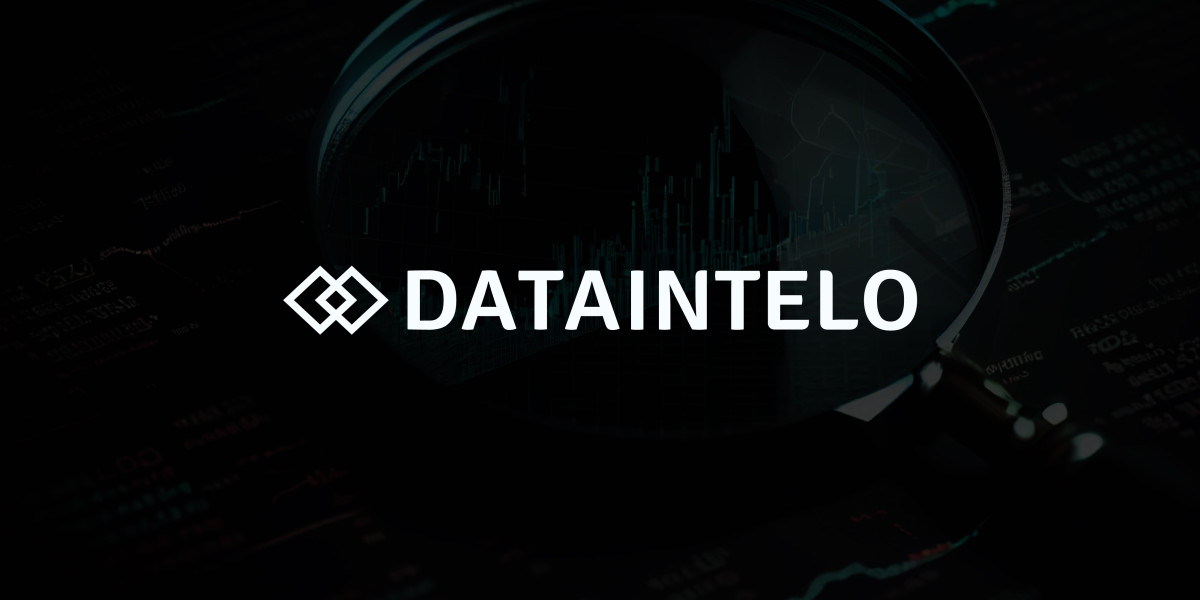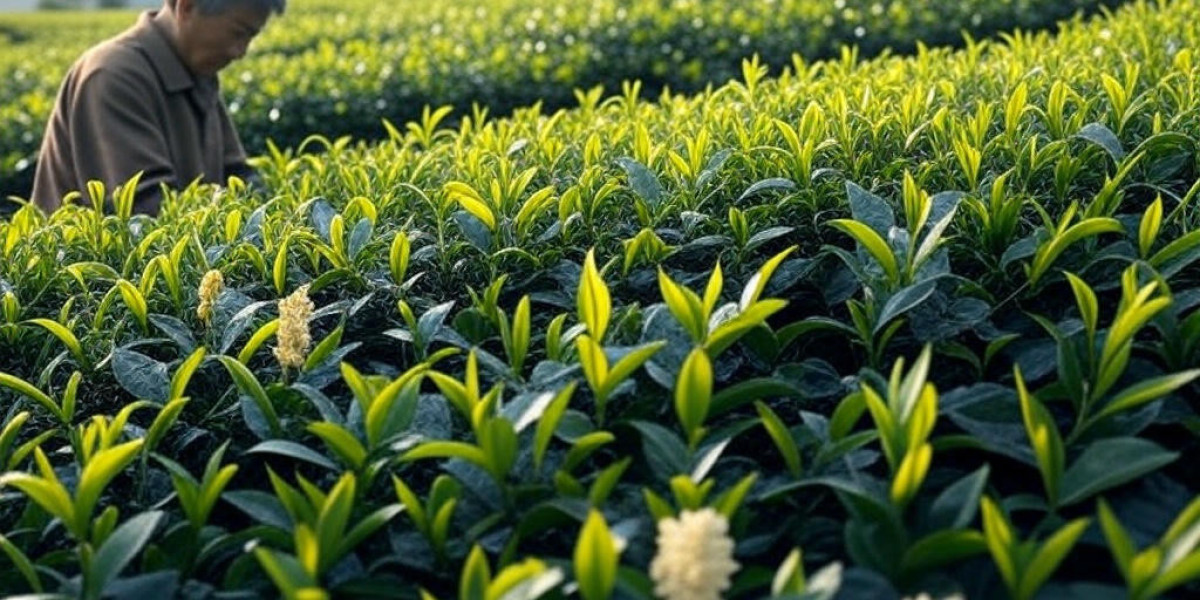The global Pyrolysis Gasoline Pygas Market is experiencing significant expansion as the demand for petrochemical feedstocks continues to climb. Pyrolysis gasoline, commonly known as Pygas, is a valuable byproduct derived from naphtha cracking, rich in aromatics such as benzene, toluene, and xylene. Its utility in the production of key industrial chemicals has positioned it as a strategic commodity in global markets.
With expanding applications across petrochemicals, fuels, and the synthetic rubber sector, the Pygas market is witnessing a steady rise in consumption. Increasing investments in ethylene production units and refinery expansions are accelerating this trend. Additionally, the rise of integrated production processes in emerging economies is expected to drive long-term market growth.
The surge in demand for aromatics and the shift toward maximizing output from fluid catalytic cracking units further support this positive momentum. The market is also being driven by strong demand from the packaging, textile, and automotive industries that rely on derivatives produced from Pygas.
Request a Sample Report:
https://dataintelo.com/request-sample/506959
Key Market Drivers
Rising Demand for Aromatics: Pygas contains a high concentration of aromatics, which are essential in the production of synthetic materials and plastics.
Growth in Petrochemical Industry: The global boom in petrochemicals is increasing the need for cost-effective feedstock alternatives.
Infrastructure Expansion: Refinery upgrades and ethylene cracker expansions in Asia-Pacific and the Middle East are supporting supply chain growth.
Market Restraints
Despite favorable conditions, the Pyrolysis Gasoline Pygas Market is constrained by several factors:
High Volatility of Crude Oil Prices: Price fluctuations of crude oil impact the cost efficiency of Pygas extraction and production.
Environmental Regulations: Tighter regulations on emissions and hazardous chemical processing may restrict refinery operations and limit Pygas production.
Limited Aromatics Extraction Facilities: Some developing economies lack sufficient processing infrastructure to extract aromatics from Pygas efficiently.
Explore Complete Insights:
https://dataintelo.com/report/pyrolysis-gasoline-pygas-market
Opportunities in the Market
Technological Advancements: Innovation in extraction and separation technologies is expected to increase the profitability and sustainability of Pygas operations.
Sustainability Trends: Growing emphasis on circular economy practices and chemical recycling can open new pathways for Pygas utilization.
Emerging Economies: Rapid industrialization and urbanization in regions like Southeast Asia and Africa offer untapped growth potential.
Market Dynamics at a Glance
Market Size (2024 Estimate): USD XX billion
Expected CAGR (2024–2032): X.X%
Top Application Sectors: Petrochemicals, Solvents, Automotive, Packaging
Regional Dominance: Asia-Pacific remains the leading consumer and producer
Check Out the Report:
https://dataintelo.com/checkout/506959
Global Insights and Regional Analysis
The Asia-Pacific region dominates the global Pyrolysis Gasoline Pygas Market, primarily due to high consumption in China and India. These nations have made substantial investments in refining and petrochemical infrastructure. Additionally, growing domestic demand for synthetic materials and fuels enhances the region’s market appeal.
North America is witnessing steady growth due to shale gas utilization and strong petrochemical demand.
Europe is expected to remain a moderate-growth region, with stringent environmental norms encouraging efficient resource utilization.
Middle East & Africa is emerging as a key supply zone due to expanding refinery capacities and government-backed industrial growth policies.
Emerging Trends Shaping the Future
Integrated Production Systems: Refineries are moving toward integrated models combining crude-to-chemicals technology for greater value addition.
Sustainable Feedstock Development: R&D initiatives focus on bio-based alternatives and waste feedstock to produce Pygas equivalents.
Automation in Refineries: The adoption of AI and digital tools is streamlining operations and improving yield from cracking processes.
View Full Report:
https://dataintelo.com/report/pyrolysis-gasoline-pygas-market
Strategic Insights for Stakeholders
For stakeholders, the key to capturing value in this market lies in:
Expanding refining and aromatics extraction capacity
Investing in advanced separation technologies
Leveraging regional advantages in Asia-Pacific and the Middle East
Navigating evolving trade regulations and environmental policies
Competitive Landscape and Outlook
While this report refrains from naming individual companies, the overall competitive landscape is marked by robust refinery integration, vertical expansions, and strategic partnerships. Market participants are increasingly focusing on regional supply-chain optimization to reduce transport costs and improve margins.
Conclusion
The Pyrolysis Gasoline Pygas Market presents lucrative opportunities driven by industrial demand, regional expansion, and evolving technological capabilities. As global economies continue to prioritize petrochemical efficiency and sustainable resource use, the strategic relevance of Pygas as a feedstock is expected to grow exponentially.






